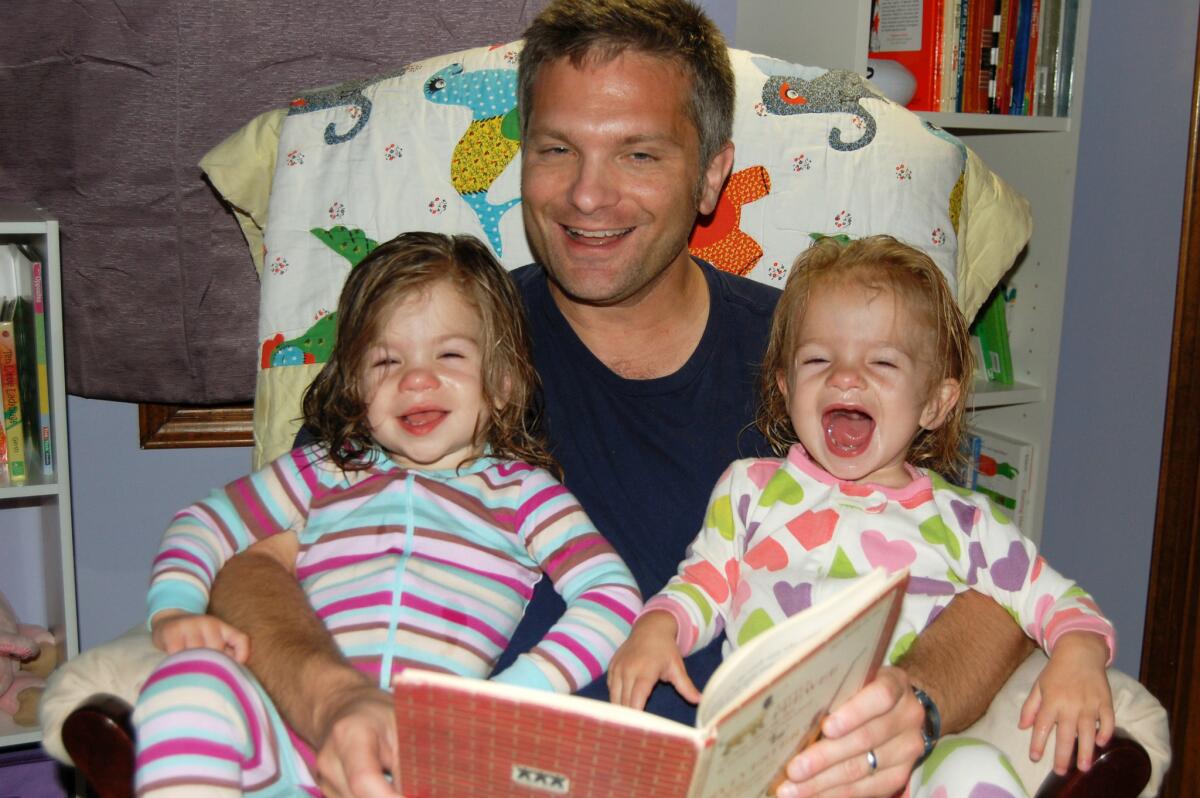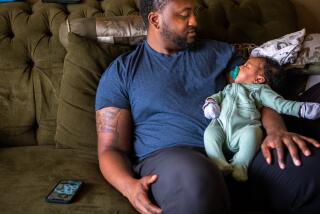16% of stay-at-home parents are dads, up from 10% in 1989, study finds

- Share via
The number of fathers who stay home to care for their children has risen sharply in the last 25 years, and now comprises about 16% of all stay-at-home parents, according to a new report.
Many of those fathers have had trouble finding jobs in the sluggish economy of recent years. But the increase also stems from longer term non-economic factors, such as disability or the desire to care for their family, according to the analysis from the Pew Research Center.
An estimated 2 million dads stay home with their children, up from 1.1 million in 1989, the report said. Fathers comprised 10% of stay-at-home parents a quarter-century ago.
The number of stay-at-home dads reached a high of 2.2 million in 2010, shortly after the official end of the last recession. But it has declined lately as the job market has improved.
As for what’s driven the increase, the biggest short-term contributor has been the tough job market, according to the study. But the dominant long-term factor has been a jump in the number of dads who say they’re home mainly to care for their family.
More than one in five — 21% — cited that as their primary reason for being at home. Only 5% cited that as a factor 25 years ago. That period corresponds, of course, with a rise in the number of women entering the workforce.
Nearly one-quarter of dads — 23% — said they can’t find a job, an increase from 15% in 1989.
And 35% of survey respondents cited illness or disability, though that is a drop from 56% in 1989, acording to Pew.
More to Read
Inside the business of entertainment
The Wide Shot brings you news, analysis and insights on everything from streaming wars to production — and what it all means for the future.
You may occasionally receive promotional content from the Los Angeles Times.










